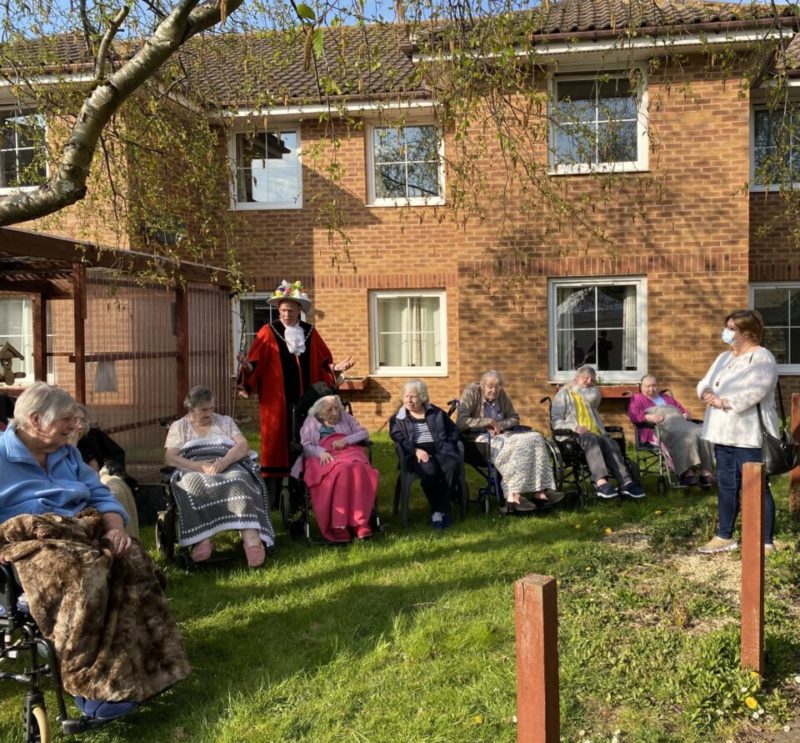For those who call residential care facilities their home, the importance of creating an environment that truly feels like “home” cannot be overstated. Residential care facilities, often referred to as care homes or assisted living facilities, play a vital role in providing support and care for people with varying degrees of assistance needs. This article will explore the significance of cultivating a home-like atmosphere within these facilities and the benefits it offers to residents and their families.
The Need for a Home-Like Setting
Residential care facilities cater to individuals who may no longer be able to live independently due to age-related challenges, medical conditions, or cognitive impairments. While facilities like this care home in Yate primarily focus on delivering essential care and support, they also recognize the importance of creating a nurturing and familiar environment that promotes overall well-being.
- Comfort and Familiarity: A home-like setting provides residents with a sense of comfort and familiarity. It helps ease the transition from their previous homes to the care facility, reducing anxiety and feelings of displacement.
- Emotional Well-Being: Emotional well-being is a crucial aspect of a resident’s quality of life. An environment that resembles a home can evoke positive memories, feelings of belonging, and a sense of security.
- Dignity and Autonomy: A home-like atmosphere encourages residents to maintain a sense of dignity and autonomy. It allows them to make choices about their daily routines, fostering a sense of control over their lives.
Key Components of a Home-Like Environment
Creating a home-like environment in residential care facilities involves several key components:
- Personalization: Encouraging residents to personalize their living spaces with familiar belongings, photos, and cherished mementos can create a sense of ownership and identity within the facility.
- Homely Décor: Thoughtfully chosen interior design elements, including furnishings, color schemes, and decor, can contribute to a warm and inviting ambiance reminiscent of a traditional home.
- Social Spaces: Designating communal areas where residents can gather, socialize, and engage in activities helps build a sense of community. These spaces may include living rooms, dining areas, and outdoor gardens.
- Open Communication: Fostering open communication between residents and staff is essential. Residents should feel comfortable expressing their preferences, concerns, and needs, just as they would in their own homes.
- Family Involvement: Encouraging family visits and involvement in the care process helps residents maintain strong connections with their loved ones, reinforcing the feeling of being in a familial environment.
- Choice and Flexibility: Offering residents choices in daily routines, activities, and meal options empowers them to maintain a sense of control over their lives.
Benefits of a Home-Like Environment
A home-like environment in residential care facilities yields several significant benefits:
- Enhanced Quality of Life: Residents experience an improved quality of life when they feel comfortable and content in their living environment.
- Emotional Well-Being: The familiar setting reduces stress and promotes emotional well-being, contributing to a positive outlook.
- Sense of Belonging: Residents feel a greater sense of belonging and connection within the facility, fostering a strong sense of community.
- Dignity and Independence: The environment encourages residents to maintain their dignity and independence, boosting their self-esteem.
- Family Satisfaction: Families are more satisfied knowing that their loved ones are in an environment that mirrors home and fosters well-being.
In conclusion, creating a home-like environment in residential care facilities is an integral aspect of providing comprehensive and compassionate care to residents. It not only enhances their quality of life but also reinforces their sense of dignity, autonomy, and emotional well-being. For families, knowing that their loved ones are in a setting that feels like home offers peace of mind and reassurance. Ultimately, a nurturing and familiar environment in care homes transforms these facilities into places where residents can thrive and truly call home.









